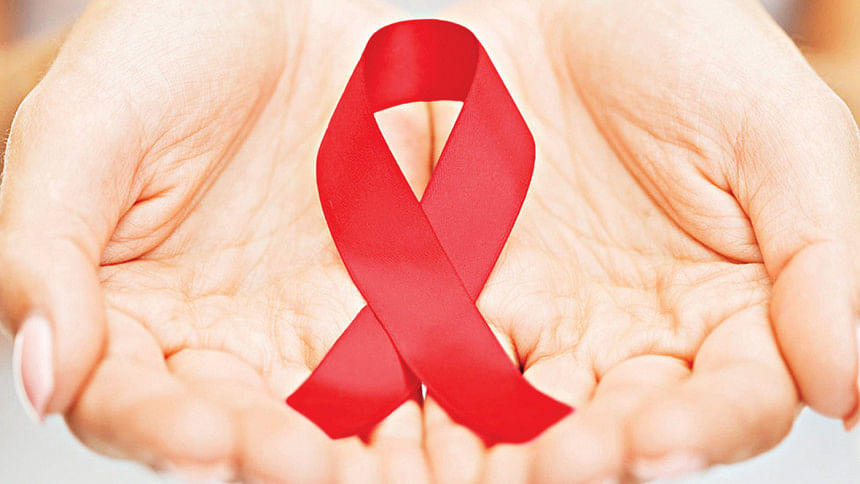Living longer with HIV brings consequences

As persons living with HIV (PLWH) survive longer, their risk rises for age-related conditions such as frailty and the attendant falls and higher mortality. In this French observational study, 200 PLWH (age range, 55–70; viral load (50 copies/ml for the prior 24 months, CD4 count > 200 cells/mm3 for the prior 12 months) were matched for age, sex, and education level with 1,000 HIV-uninfected persons. Participants were assessed for frailty and prefrailty using criteria including body-mass index <21 kg/m2, low physical activity, and weakness. Multivariate logistic regression was performed to measure the association between HIV and frailty or prefrailty adjusted for demographic, social, behavioral, and comorbidity confounders.
Data were available for 192 PLWH (median age, 62; 85% male, median CD4 count, 645 cells/mm3) and 822 controls. Among PLWH, 5.7% had frailty and 57.3% had prefrailty; for the control population, these rates were 1.7% and 52.2%. In unadjusted analysis, HIV was associated with frailty or prefrailty (odds ratio, 1.89; 95% confidence interval, 1.37–2.61). After adjusting for various comorbidities as well as social and behavioral factors (e.g., depression), this association was no longer statistically significant.
These findings about frailty echo those of recent studies evaluating brain health in aging PLWH. Taken together they underscore that, among PLWH who are virally suppressed, managing depression, maintaining physical activity, and treating key comorbidities will be the cornerstones of successful aging.

 For all latest news, follow The Daily Star's Google News channel.
For all latest news, follow The Daily Star's Google News channel. 



Comments